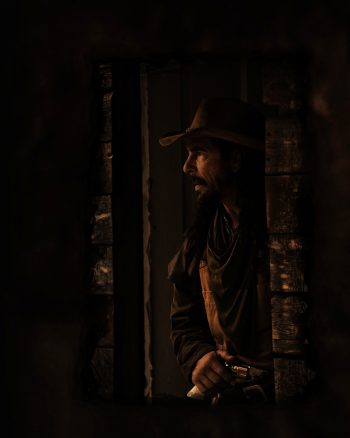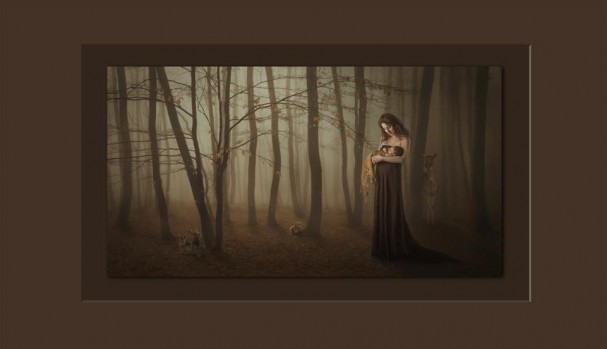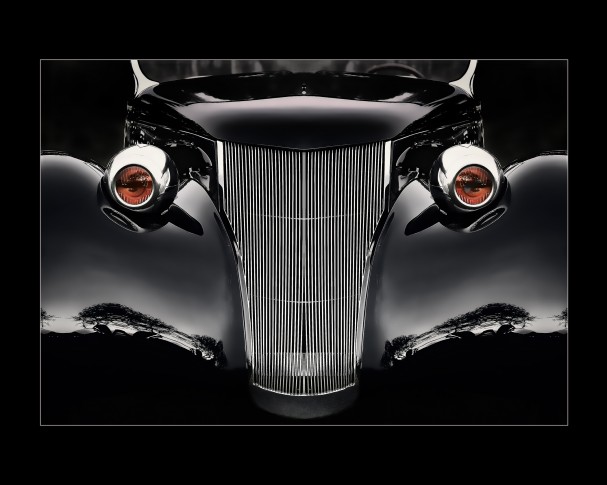When Chicago, Ill.-based photographer Michael Novo attended a destination wedding as a guest several years ago in Monte Carlo, he captured a brilliant shot of the bride on the stairs with a point-n-shoot camera. Everything was perfect: the lighting, the composition, the ambiance and of course, the bride. Excited about his newly discovered talent, Novo came home from Monte Carlo and immediately purchased nicer equipment. However, as he started delving deeper into the world of photography, he realized that perfect shots don’t just happen.
“I learned that I couldn’t rely on the light to just be right. I had to create the perfect lighting. I got lucky before, having the right lighting and right setting,” Novo says of his initial foray into professional photography.
After treating it as more of a hobby and dabbling a bit, he decided to show his work to some trusted friends in the industry. They offered some constructive feedback and suggested that he take classes and compete. Novo started working with a bog-box studio with two additional local area photographers, doing 40-50 wedding per year. Initially, he was hired as the third photographer, eventually moving up to second, and finally earning the Lead photographer position. Although he was gaining experience with the studio, the much-needed training was still elusive.
Finally, after about two years of event photography, Novo discovered a couple of photographers who drew him in with their style. He attended two separate 5-day workshops with Knoxville-based Bryan Allen. Allen’s Savannah and Knoxville workshops were beneficial in helping Novo learn the artistic aspects of photography. Working with technical specialist Kevin Kubota helped him learn more about the lighting and editing facets of the industry. He continues to work with both mentors and will be joining Kubota for a motorcycle tour through Italy later this year.
Through all of the training, workshops, event opportunities and practicing that Novo has accomplished over the years, the best piece of advice for improving his craft came from Grand Master of WPPI, Jerry Ghionis. The advice? One word: “compete.” As Novo learned when he first started competing, “you really aren’t as good as you think you are, but with each competition, you learn something. About you or the art, or the competitors. You go in against the best of the best. There are no levels, no ‘beginner’ groups. You are immediately tested and pushed to your limits. That’s how you improve.”
His wedding portraits are created to bring out the personalities of his clients, and that’s just what he did with his Sunset Print Award-winning print “Back Alley Beauty.” As a first-time recipient of the prestigious Sunset Print Award, Novo said the opportunity to capture the happy couple as they walked into their nuptials was too hard to pass up. “It’s important they see their style in the images. I’m taking the photos for them, not for me.”
Looking at his body of work and seeing the joy he brings to his clients on their special day, Novo realizes he’s come a long way from that first destination wedding image he captured. For him, it’s not how often one of his images is viewed, it’s about evoking emotion. As for his signature style, he says, “You might view it [an image] often, or you may view it rarely. But you will always feel it.” As long as you feel it, he’s done his job.




